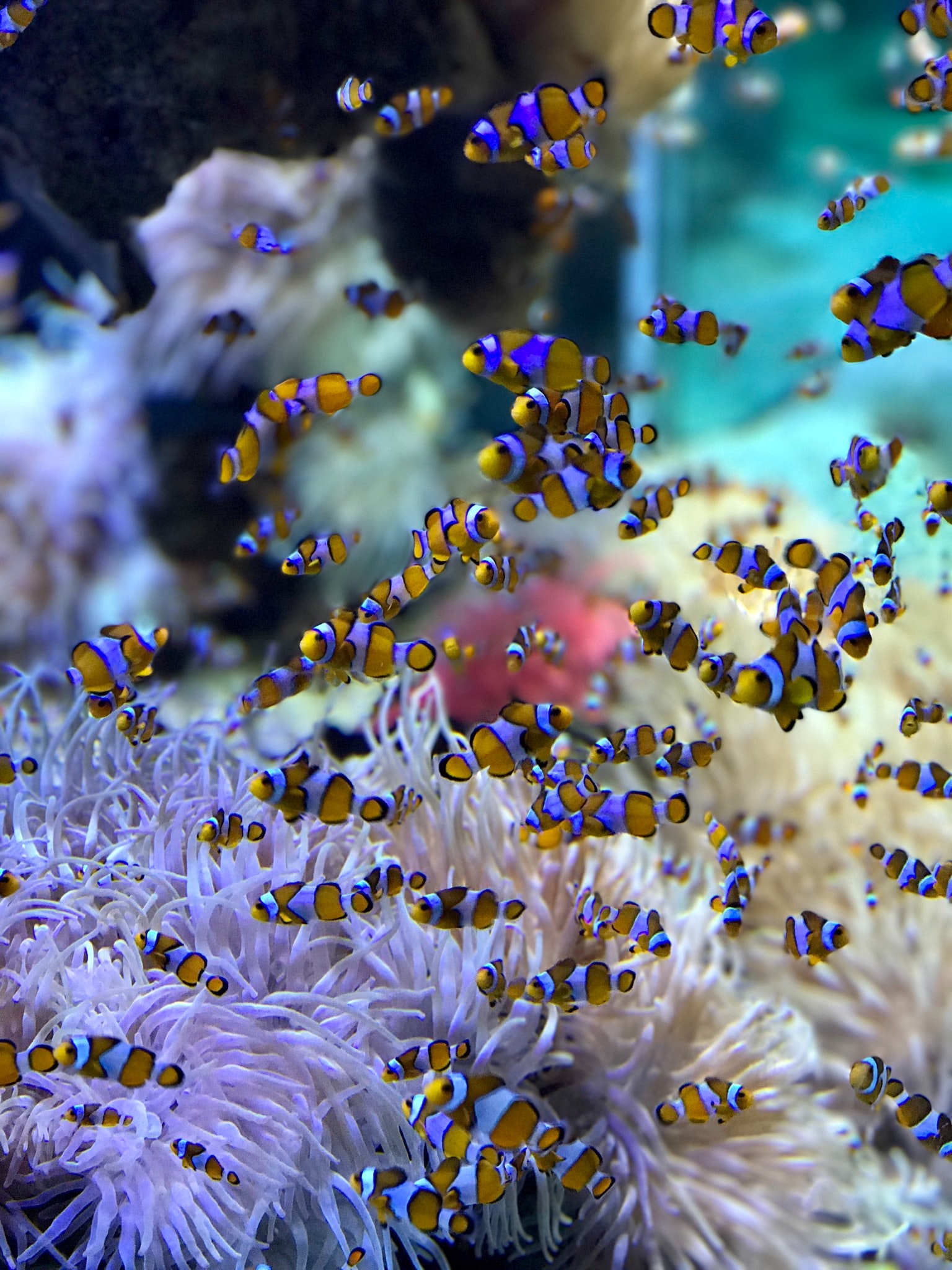We spend many years learning not to be creative
Three Fundamentals of Creative Thinking – by Alex Pearson
Believe in your Creativity.
We are all born creative, and then we spend many years learning not to be. Our world is perversely built to constrain creativity with its preference for exploitation over exploration. Our education system is test centric, risk avoiding and focuses more and more on the marginal and not the exceptional. There is growing avoidance of non-tested subjects such as the arts, music and social sciences, and less and less space for imagination. By the time we leave the school, most of us no longer trust in our creative capacity. But it is there, we just need to give it space.
So, step one is the most fundamental: Allow the creativity back in. Make a list of things that hinder your creativity and challenge yourself to remove these obstacles one by one. In my experience, you will find that the majority of the obstacles are self-imposed, and this brings good news – they are therefore removeable. Identifying them is key. Taking responsibility to remove them brings reward – huge satisfaction, and an unleashing of creative potential.
Feed your Brain.
Our brains are self-organising systems of epic proportion. Their job is to make our world simple so that we may achieve the mundane and the complicated. They are at work 24 hours a day, either in Task Mode – thinking, analysing, doing, achieving, or in Default Mode – sorting, clearing, organising and storing information. The Task Mode helps us do, the Default Mode helps us be.
To build creative muscle, our job is to stimulate new neural connections, and to expand the range of thoughts and ideas to develop an increasing capacity for creative thinking. So, feed your brain. Question. Link. Observe. Associate. Network. Experiment. Be curious. Do anything that will create new neural networks and new ideas. But also sleep, daydream, play, relax, to give your brain space to sort and clear, organise and store and prepare for yet more stimulation.
Give your Creativity Space.
As our neural tendrils spread and search to form new pathways, we need to give them space to crash and collide and to stimulate new thoughts and ideas. Our many years of learning how not to be creative have taught us to be critical and to self-censor before an idea has time to maturity. We analyse too early, pinching the new shoots before they have time to bloom.
We need to build new habits that allow space for exploration and idea generation before moving onto idea selection. Seed, nurture, grow, and then and only then harvest.

